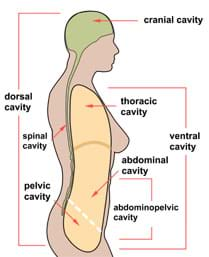

Assess the neurohumoral regulation of renal water handlingī.Examine the cellular transport mechanisms involved in renal tubule water transport.Evaluate renal tubule water handling, and identify the fraction of filtered water reabsorbed in the different nephron segments.Identify the most frequent causes of alterations in water balance.Renal Water Handling and Urinary Concentration and Dilution Examine generation and release of natriuretic peptides, and explain the effects of natriuretic peptides on renal tubule sodium transport processes Examine activation of the renin-angiotensin-aldosterone system (RAAS), and assess the effects of RAAS on glomerular filtration and renal tubule sodium transport processesĬ. Analyze how changes in renal sympathetic nervous system activity regulate glomerular filtration and renal tubule sodium transport processesī. Evaluate neurohumoral regulation of renal sodium handling, discuss which cellular processes are regulated, and explain the mechanism(s) by which these processes are regulatedĪ.Examine the cellular mechanisms involved in renal tubule sodium transport, and discuss the driving forces necessary for function of the various renal sodium transport processes, including the WNK system.Evaluate renal sodium handling, and identify the fraction of filtered sodium reabsorbed in the different nephron segments.Deduce appropriate IV fluid therapy based on volume status and serum electrolyte values Analyze how water and solute from a given IV fluid will partition into the body fluid compartmentsĬ. Examine the composition of IV solutions commonly employed in the treatment of disturbances in body fluid volumeī. Evaluate basic principles of intravenous fluid replacementĪ.Assess the driving forces for movement of water and solute across the barriers, and review the Starling forces Evaluate the mechanisms and processes that act to maintain the differences in composition between body fluid compartmentsĪ. Examine the properties of the barriers that impede net movement of water and solute between body fluid compartmentī. Examine the properties of the barriers that allow net movement of water and solute between body fluid compartmentsĬ.Compare the volume and composition of the major body fluid compartments.Identify the major body fluid compartments and the membrane barriers between the body fluid compartments.By the end of the week, students will be able to:īody Fluid Compartments and Principles of IV Fluid Replacement


 0 kommentar(er)
0 kommentar(er)
